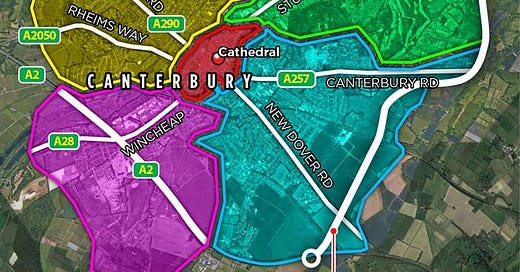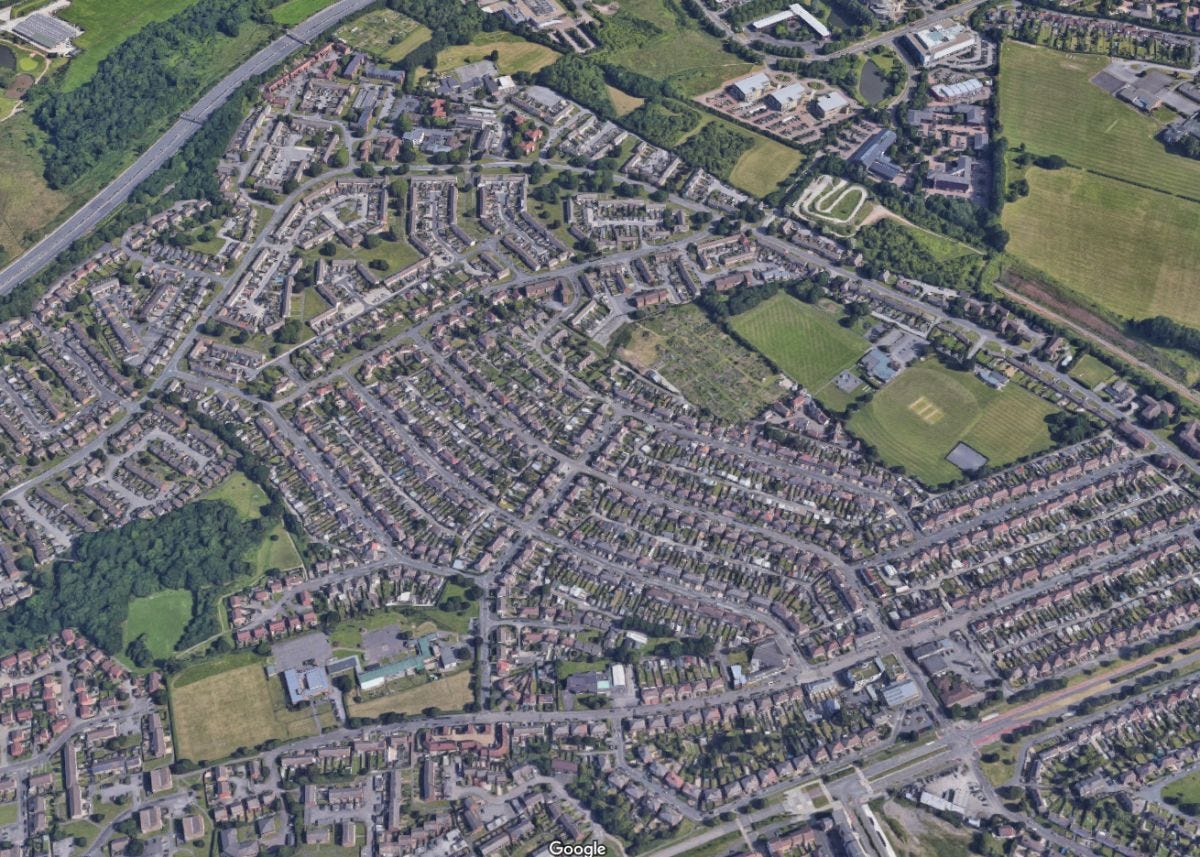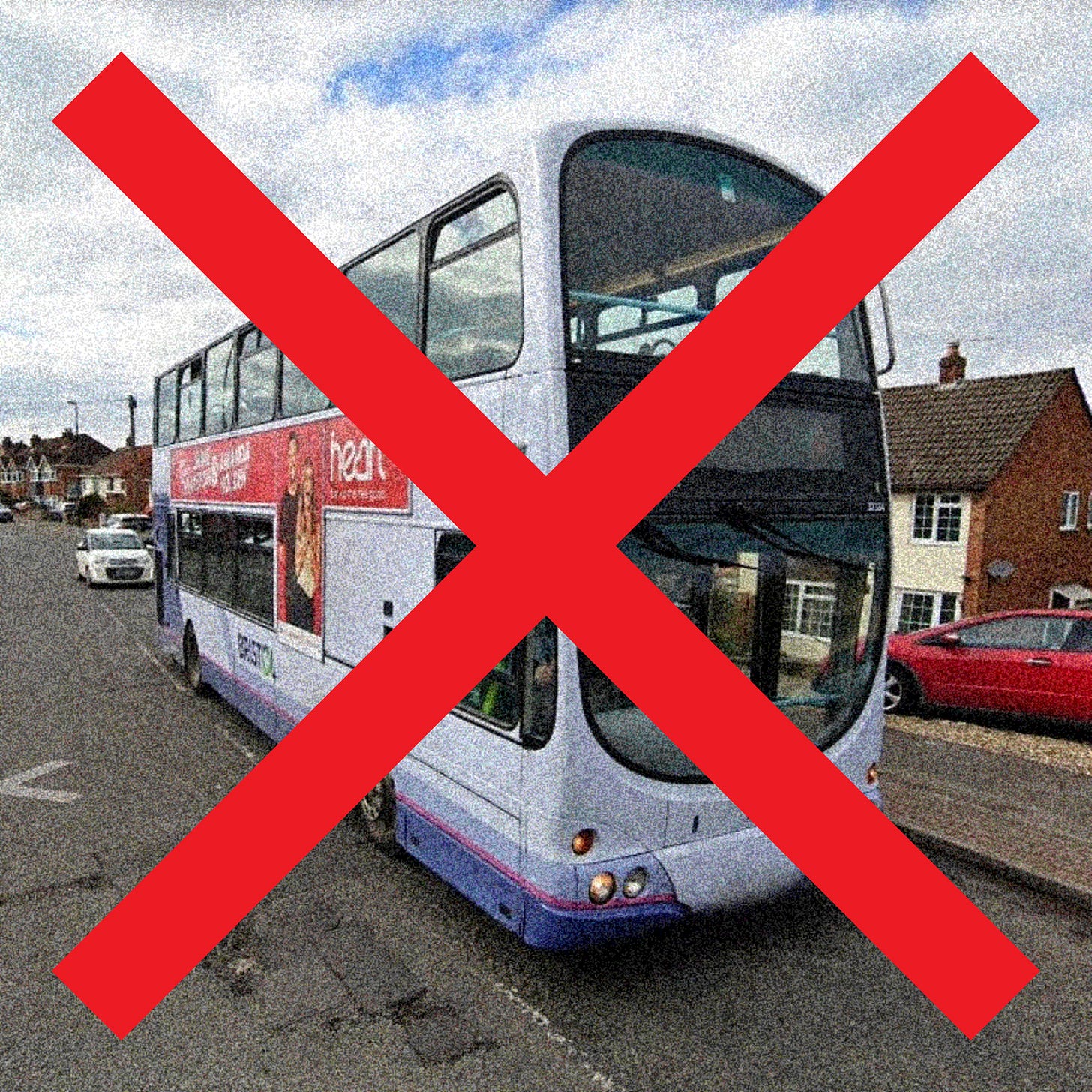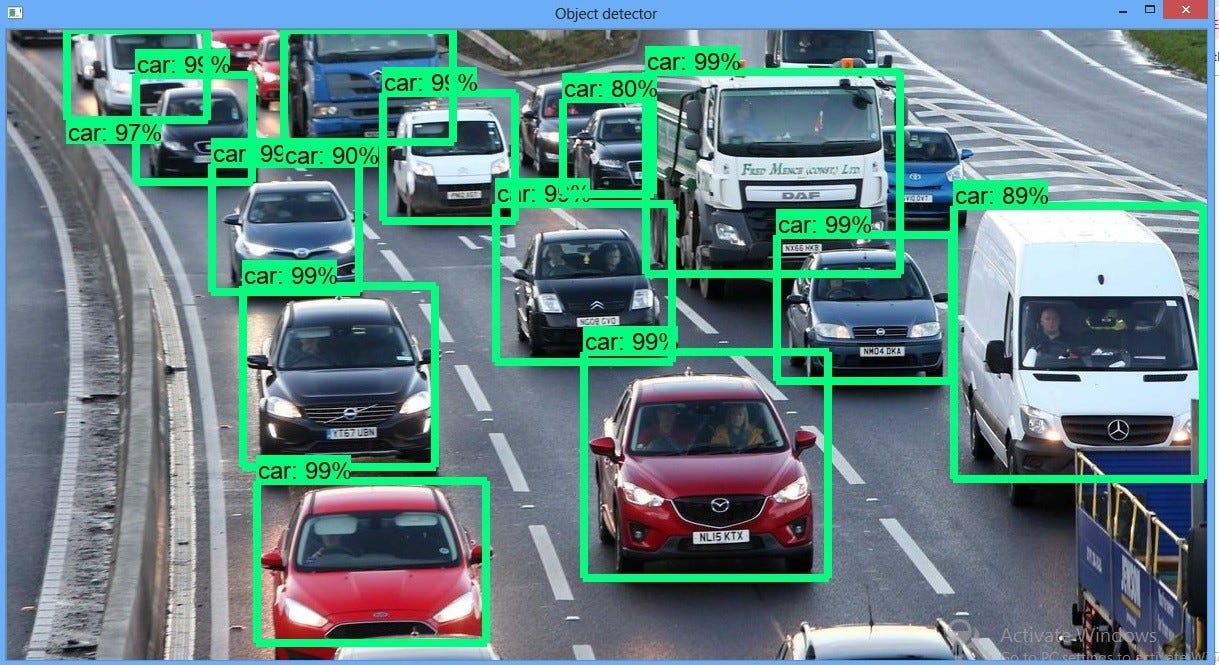15 minute neighbourhoods revisited
15 minute neighbourhood schemes are being proposed for both Oxford and Canterbury amongst other cities: Traffic filters will divide city into six "15 minute" neighbourhoods, agrees highways councillor 24.10.22 and: Canterbury City Council unveils scheme to ban drivers moving between new 'neighbourhoods' 12.10.22.
The schemes being proposed for both Oxford and Canterbury divide the respective cities into a number of zones with limits imposed on how often residents can move by car directly between the zones. Limits that would be enforced by intrusive surveillance technology. Residents are being offered the option of using the respective ring roads to drive to a neighbourhood in a different zone to the one they reside in. You don't have to be a genius to realise that means longer car vehicle journeys consuming more fuel and more traffic piled onto the ring roads. That's ring roads flanked in a fair few places by housing. It would seem that the quality of life of those residents living out on the ring roads is deemed worth sacrificing by those proposing these schemes who most likely live a lot closer in to their respective city centres. Whoever is coming up with these schemes - councillors and officers alike - isn't thinking things through, let alone undertaking any holistic, joined up thinking.
A parade of suburban shops where many of life's basic needs could be met back in the 1960s and 70s
Fifteen minute neighbourhoods are being presented as a new development. I'm now the wrong side of sixty years old. When I think of where I grew up in Romford, a suburban town on the fringes of East London, I lived in what was pretty much a fifteen minute neighbourhood. Where I lived was at the juncture between the older Victorian and Edwardian housing surrounding the town centre and the suburban estates built in the inter war years. When these inter war estates were built, car ownership was far from universal so every half a mile or so, a parade of shops would be put in. When I was a kid in the 1960s, pretty much all of our basic needs could be met by visiting a shop that was within fifteen minutes walk of where we lives. That would be everything from general grocery, a greengrocer through to a butcher, fishmonger and baker. The dentist and doctors were also within easy walking distance. Obviously, we weren't confined to our particular suburb and we did travel further afield. We had the option of a frequent bus service and a frequent train service. For those who did drive, the roads were a fair bit quieter than they are now.
Things in the suburb I grew up in have changed a lot since the 1960s. Those parades of shops are still there but with changes in working patterns and retail habits, they're very different from what they used to be. With food shopping predominantly done at the supermarket, physically or online, a parade of shops with a greengrocer, butcher, fishmonger and baker is pretty much a thing of the past. They now tend to be occupied by hairdressers, beauticians, estate agents, fast food outlets and the like, interspersed by the occasional convenience store. Meeting basic food needs generally but not entirely, means having to jump into a car to do the weekly or fortnightly shop. That's unless you live in a gentrified suburb where at least some of the above is available but has been branded as artisanal with artisanal prices to match! Or there are the inner city areas such as Easton in north east Bristol with a plentiful array of international shops and arguably, a wider choice of food options than we have in Keynsham. In neighbourhoods like this, the fifteen minute neighbourhood is a de facto reality.
Patchway to the north of Bristol - lots of homes but very few shops within easy reach by foot
As stated in both the pieces we wrote earlier on this year, we're non-drivers and as such, like the idea of a neighbourhood where a lot of life's amenities are within a fifteen minute walk. What we did also point out was that when we were looking for a a place to live when we wanted to relocate from Thurrock down to the Bristol area, when we applied the criteria of being within a fifteen minute walk of a decent selection of shops, public transport and a park, our options rapidly narrowed down to a few areas. Vast chunks of suburban Bristol and neighbouring South Gloucestershire were pretty much ruled out for us. Luckily, we found a place close to Keynsham town centre, Keynsham railway station and open countryside. Applying our criteria actually ruled out a fair chunk of Keynsham. That's because if we had ended up living out on the southern fringes of the town, we would have to be relying on a bus service that is actually, not that reliable. We would also have to be relying a lot more on home deliveries which means more vans whizzing around the roads.
The point that needs to be made is that while there are positives associated with the concept of a fifteen minute neighbourhood, decades of planning policies and decisions based on the assumption of near universal car ownership have made implementing that concept in an equitable and fair way very difficult. Pretty much every tract of suburban housing built since the 1950s was planned on the assumption of near universal car ownership which means that the nearest shops will be a lot more than a fifteen minute walk away. The same apples to health facilities, libraries and the like.
If the advocates of fifteen minute neighbourhoods took a few steps back to think the situation through, they'd realise that a lot of work needs to be done to re-configure the places where we live to make the concept workable and fair for all, particularly those who have no option but to use a car to get around. Then there's the situation with public transport. When we were living in Thurrock, we did have a few moans about the rail and bus services that were on offer. We didn't realise how lucky we were until we moved down to Keynsham and started to use the rail and bus 'services' on offer down here! Suffice to say, if anyone seriously tried to impose the concept of fifteen minute neighbourhoods on Bristol, they would be drowned out by howls of derisive laughter because the state of public transport leaves a lot of people with no alternative but to drive.
There's a world of difference between what were the de facto fifteen minute neighbourhoods that a lot of us on the wrong side of sixty grew up in and what's now being proposed. What we grew up in was just there and accepted as the way things were. It wasn't something that had to be managed or controlled in any way. If you ask people if they would like to live the way we used to with a decent choice of shops meeting basic needs run by shopkeepers with a sense of community, a lot of people would probably be pretty positive about that. This stands in stark contrast to what's being proposed which relies on having to apply for digital permits and accepting that pretty much every journey you make will be monitored. It also means having to accept sanctions should you breach the allotted number of times you're permitted to drive from one zone into another.
When you start to look at these schemes to impose a fifteen minute neighbourhood, you wonder if those advocating them have actually asked people why they drive? Have they considered people who have care responsibilities for relatives living in a different zone who they may need to see more than once a day? Have they thought about people with mobility issues who can't walk far, would struggle with public transport but can get to where they need to by driving a car? Have they considered people working anti-social hours in locations that at the best of times are not well served by public transport and in the small hours of the morning, are not served at all? Have they considered people who want to visit friends in other zones that are not easily reached by public transport? Have they considered women who, after dark, may not feel safe walking around or waiting for public transport and see driving as the only safe way of getting around? Have they taken into account the parlous state of our public transport networks and the fact they do not have to capacity to accommodate a surge in extra users as people feel that driving a car isn't worth the hassle any more?
Every journey monitored and tracked
Understandably, there's a lot of opposition to these moves to impose the concept of a fifteen minute neighbourhood. Opposition that comes from those rightly angry that councillors and planners alike seem to be out of touch with the reality of people's lives and why they feel they have no option but to drive. Councillors and planners who most likely are not frequent users of public transport and have no real understanding of why a lot of people feel that they cannot trust buses or trains to get them to where they want. There's an overlap between some of those who opposed the Covid lockdowns and restrictions and the imposition of digitally managed and enforced fifteen minute neighbourhoods. Unsurprisingly, yet again, there's a political vacuum as the concerns of ordinary people about the way the fifteen minute neighbourhoods will be imposed are blithely dismissed. Unsurprisingly, it's the libertarian 'right' who are seeking to fill this vacuum.
Our advice to those who want a genuinely sustainable future is to not back the imposition of these top down, authoritarian schemes. If they do back these schemes, they'll set the aim of creating genuinely sustainable, future proofed communities back by years. Instead, they'll be siding with the techo-authoritarians who won't rest until every aspect of our lives is tracked, controlled and modified to ensure total compliance. An honest conversation about how our communities develop is needed but that cannot happen unless this authoritarianism dressing itself up in green is defeated.










